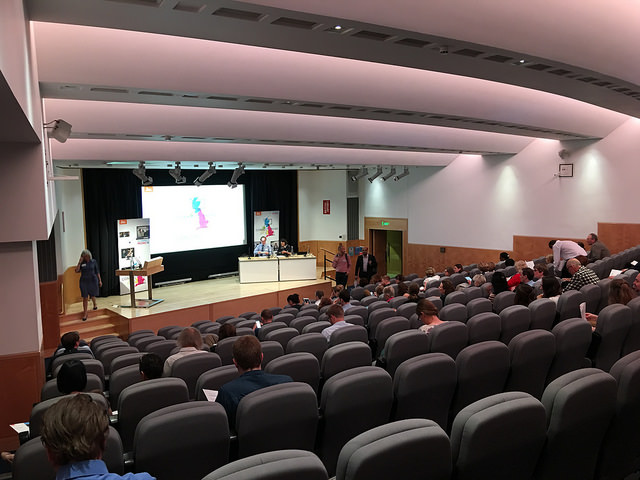
One of the things we like to do in Futures is try new things out to see if they can make a difference to how we manage and present our projects.
We have been looking at how we can provide a better view of progress of our project to our key stakeholders, the steering group and engage the user group in the development of the final service.
One service that we recently tried was Pinipa. This is an engagement tool for projects, which aims to make collaborating with stakeholders easy.
Before we trialled Pinipa we had three main channels for the project:
- We had regular steering group meetings and reports.
- For the user group we used a mailing list, this was mainly for announcements, there was some discussion, but not much.
- We also had the project blog, which we have used mainly for event reports and articles, such as reporting on ALT- C or the importance of data literacy when it comes to working with personal data.
In addition to those main channels externally we used Twitter quite extensively to engage with users and share news. Internally we have been using Yammer to share internal project updates and news. This was aimed both at the staff within the directorate of Digital Futures and the Jisc Account Managers.
What we wanted to do with Pinipa was to provide one site for all our key stakeholders to find out more about the project and to engage the user group in discussions.
We wanted to show the different workstreams of the project we were working on, not so much the detail, but high level workstreams. We did feel that Pinipa was able to give an overview of the project, however as with any kind of new tool or service there was a learning curve in how to use the tool from an user perspective and we didn’t feel that we were showing clearly the progress of the project and how it was broken down into the different workstreams. We do know that Jisc members want to have an insight into the project, so we are reflecting on how we can embed this into existing channels.
One feature of Pinipa was the ability to ask stakeholders to make key decisions about the project, what we struggled with this was what would be a meaningful key decision about the project that we would expect the stakeholders to make. Most of those key decisions had been made much earlier in the project lifecycle. So we liked that feature, but didn’t use it. For projects in an earlier stage, with more options open, that key decision feature might be really useful.
One aspect that did work well, was demonstrating all the different events and conferences where the project team were presenting on the topic of digital capabilities. Although the tool didn’t offer an ideal way of presenting these events within the timeline, it was useful to be able to bring them to the attention of stakeholders. We know that the Jisc members would like to know when the project is going to be talked about, so we are going to ensure that future events can be easily found.
We also wanted to use Pinipa was to make it much easier for Jisc members to provide feedback and engage in discussion around our projects. Pinipa had a useful discussion function that we wanted to use to elicit input. Though we did attempt to engage Jisc members, the participation was very low or non-existent. While we recognise that this is always a challenge, we will redouble our efforts to use our existing channels to effectively engage with Jisc members and give them the opportunity to input into the project.
Overall Pinipa is a great tool for oversight and communication and would work really well for a range of projects, particularly if used from the outset. From the building digital capability project perspective it wasn’t the right tool for us at this stage.

One reply on “Taking Pinipa for a drive”
Thanks James for the post on Pinipa. You really summed it up that engagement is the key and having it used early in a project makes for much better success than starting half way through.
We are making a lot of improvements into our onboarding process to help project teams get users hitting the ground running.
We look forward to hopefully working with you on a new project